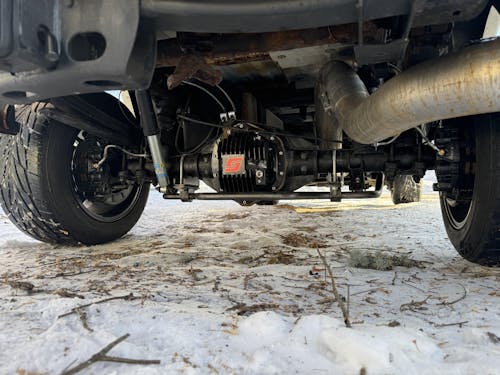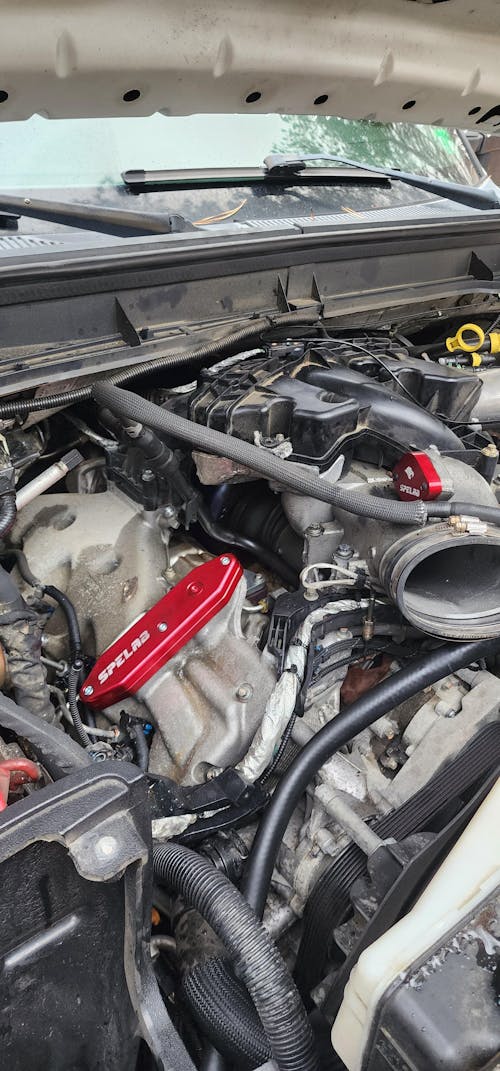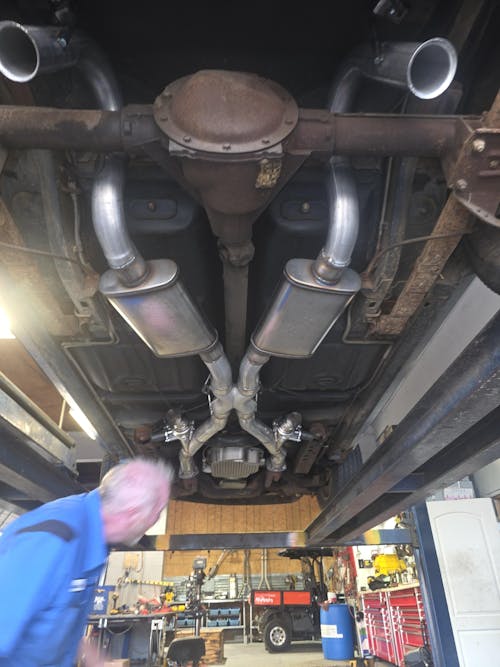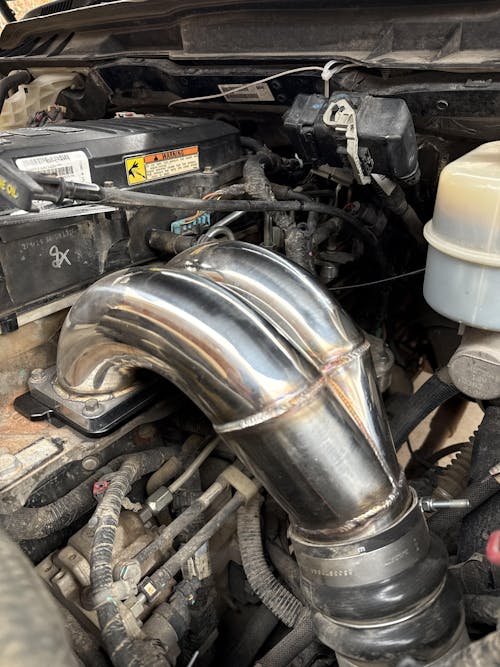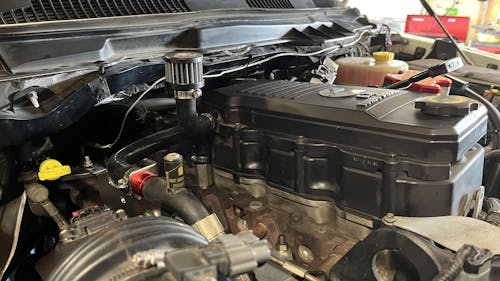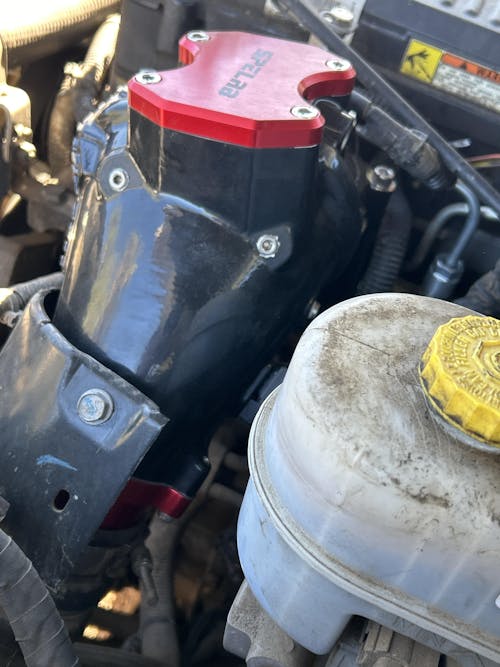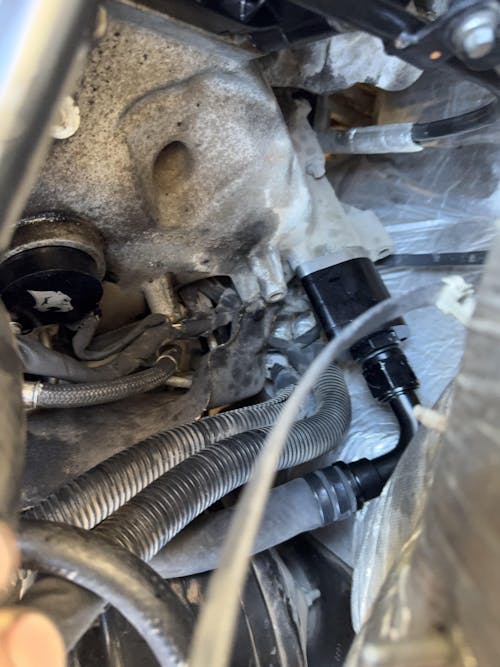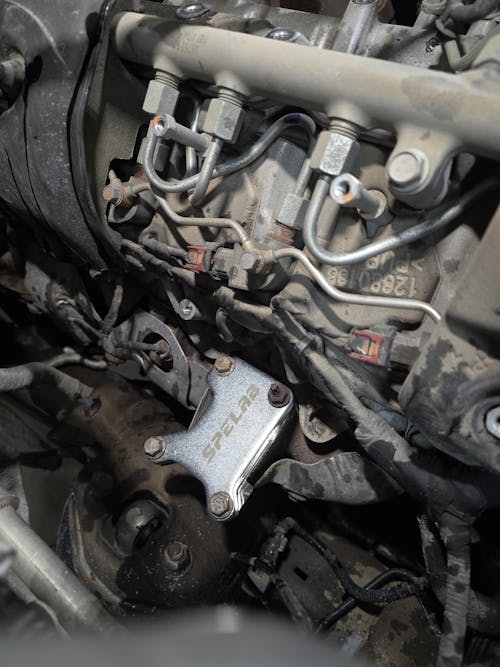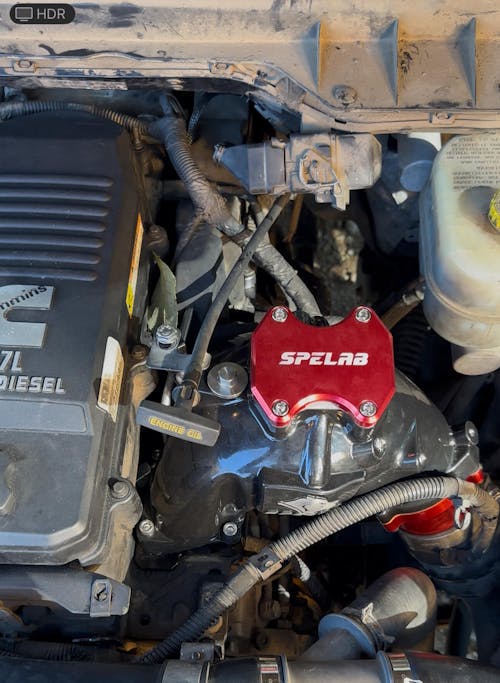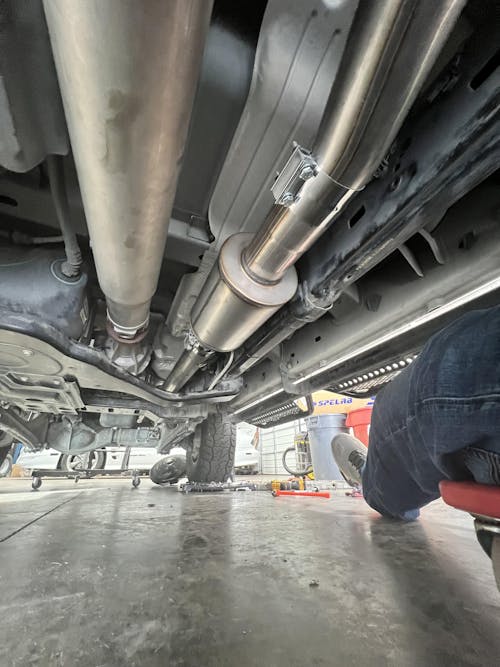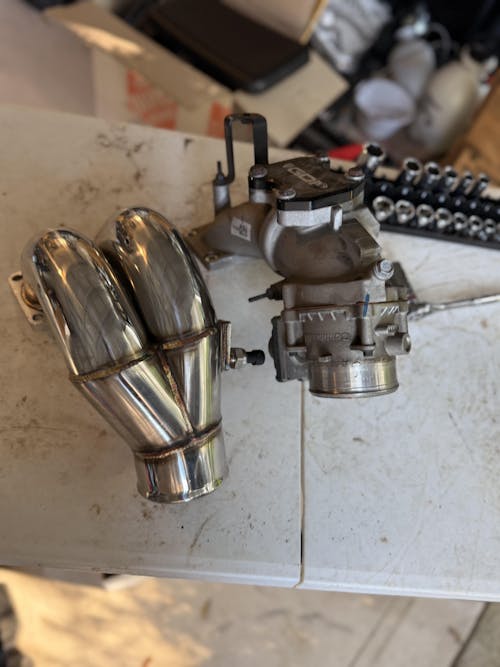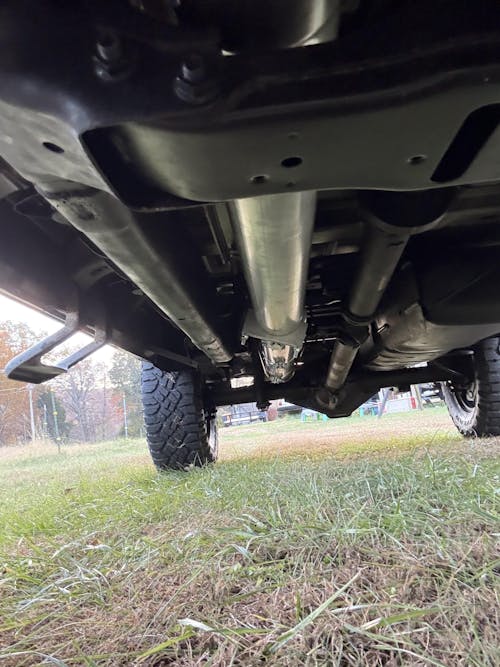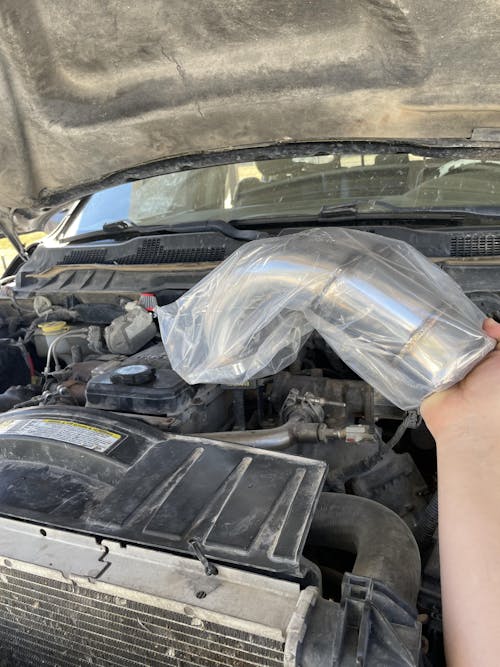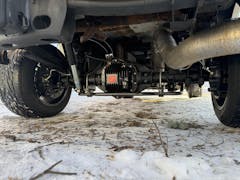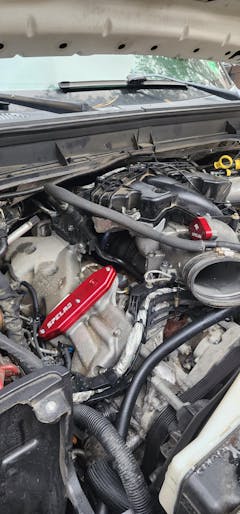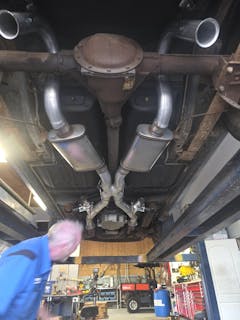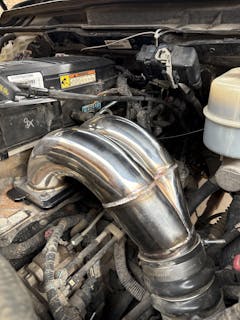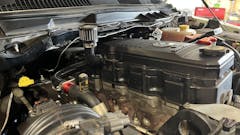Q1: How to plug a tiny hole on my truck differential?
A1: To plug a tiny hole on your truck differential, clean the area thoroughly, apply a high-quality epoxy or JB Weld, and allow it to cure as per the manufacturer's instructions. For a more permanent solution, consider welding the hole shut.
Q2: Is it safe to work under a car on jack stands?
A2: Yes, it is safe to work under a car on jack stands if they are properly rated for your vehicle's weight and used on a flat, stable surface. Always use multiple jack stands and never rely solely on a hydraulic jack.
Q3: What causes the rear differential to leak?
A3: Rear differential leaks can be caused by worn seals, damaged gaskets, loose bolts, or cracks in the differential cover. Regular maintenance and inspection can help prevent leaks.
Q4: How tight should a pinion nut be?
A4: The pinion nut should be tightened to the manufacturer's specified torque, typically measured in foot-pounds (ft-lbs). Over-tightening or under-tightening can lead to differential damage or failure.
Q5: How to identify a Dana 70 rear axle?
A5: A Dana 70 rear axle can be identified by checking the axle's BOM (Bill of Materials) number, usually stamped on the axle tube. You can also measure the axle shaft diameter and count the number of bolts on the differential cover.
Q6: What happens if your rear differential goes out while driving?
A6: If your rear differential fails while driving, you may experience loss of power to the wheels, unusual noises, or complete immobilization of the vehicle. It is important to stop driving and have the differential inspected immediately.
Q7: How to take off a frozen filler plug on my truck differential?
A7: To remove a frozen filler plug, apply penetrating oil to the plug and let it sit for a few hours. Use a breaker bar or impact wrench for additional torque. Applying heat to the surrounding area can also help loosen the plug.
Q8: How difficult is it to replace the rear differential on a car?
A8: Replacing the rear differential can be challenging and requires mechanical expertise, proper tools, and a safe working environment. It involves removing the drive shaft, axle shafts, and differential housing. Professional assistance is recommended if you are not experienced.
Q9: Is it safe to jack a car up under the differential?
A9: Yes, it is generally safe to jack a car up under the differential, provided you use a proper floor jack and place it under the differential housing center. Always use jack stands to support the vehicle once it is lifted.
Q10: How to extend the lifespan of my differential?
A10: To extend the lifespan of your differential, regularly check and change the differential oil, inspect seals and gaskets for leaks, avoid overloading your vehicle, and ensure proper lubrication with a high-quality differential cover like the SPELAB POWER RAM-AIR differential cover.
PLEASE NOTE!



























































